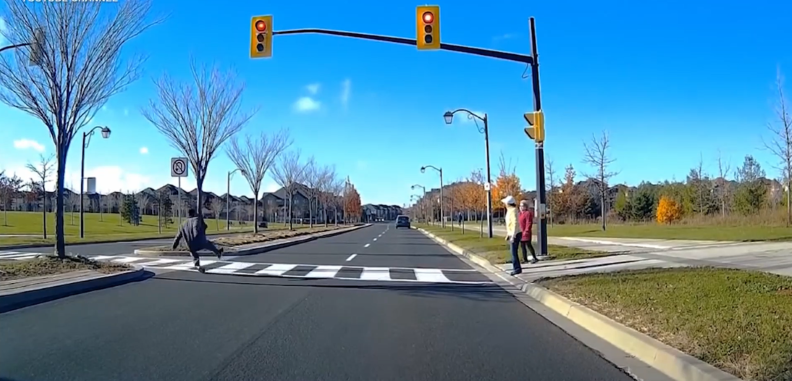Uneven Surfaces: Uneven or broken sidewalks, potholes, gravel, or other irregularities in the walking surface can cause a pedestrian to trip or stumble.
Slippery Surfaces: Wet or icy surfaces, spilled liquids, oil, or debris on the ground can make walking surfaces slippery and increase the risk of stumbling.
Obstacles: Objects such as rocks, tree roots, fallen branches, or cluttered sidewalks can obstruct the path and cause a pedestrian to stumble.
Footwear: Ill-fitting or uncomfortable footwear, high heels, worn-out soles, or shoes with poor traction can affect balance and increase the chances of stumbling.
Distractions: Being distracted by mobile devices, conversations, or other activities while walking can reduce focus and awareness, making a pedestrian more prone to stumbling.
Fatigue or Physical Impairments: Fatigue, drowsiness, muscle weakness, impaired vision, or other physical limitations can affect a pedestrian's balance and coordination, increasing the risk of stumbling.
Environmental Factors: Poor lighting conditions, low visibility due to darkness or bad weather, or obstructed views can make it difficult to see potential hazards and increase the chances of stumbling.
Age or Health Conditions: Older adults or individuals with certain health conditions that affect balance, muscle strength, or coordination may be more susceptible to stumbling while walking.

